Sorrel and its cooking
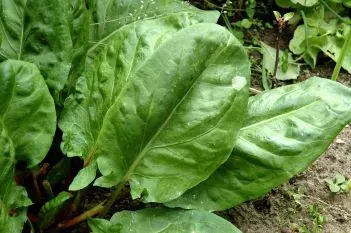
Do you like sorrel?
This delicious plant with its beautiful bright green leaves, whose subtle acidity goes very well with many other things, including in particular cream, to form with salmon the emblematic dish of the 70's, "Salmon with sorrel" on which was built the beginning of the fame of the Troigros house in Roanne France (Until 2009, the Roanne train station, no less, was in salmon pink and sorrel green colors of the famous dish).
This delicious plant with its beautiful bright green leaves, whose subtle acidity goes very well with many other things, including in particular cream, to form with salmon the emblematic dish of the 70's, "Salmon with sorrel" on which was built the beginning of the fame of the Troigros house in Roanne France (Until 2009, the Roanne train station, no less, was in salmon pink and sorrel green colors of the famous dish).
12 K 5/5 (14 reviews)
Keywords for this post:SorrelCookingColorLast modified on: March 19th 2022
Sorrel and its cooking
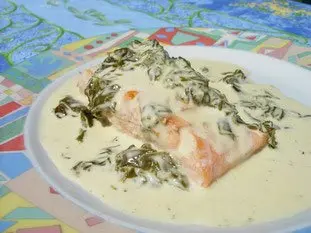
There is not only salmon of course, simpler dishes like omelette or sorrel soup for example are just delicious.
It is rather easy to add sorrel in a recipe, you wash and dry the leaves, you cut the stems to keep only the tender part of the leaves, even you remove everything, eventually you chop (not essential), and you add.
But this is where the "problem" arises, the green color of the sorrel is very fragile and fears a lot the heat, in fact as soon as you heat the leaves they become almost instantaneously of a rather ugly khaki-brownish color, color alas much less appetizing. But don't worry, the taste is not affected, it's just a question of aspect.
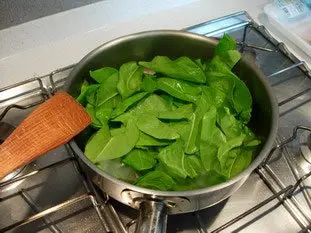
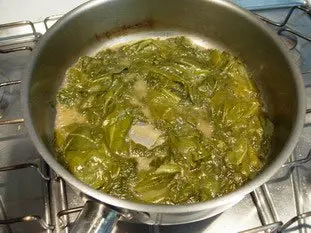
What to do?
Unfortunately, the problem is almost insoluble, we can not prevent it, at most accompany it.Let's start with a truism, if you don't cook it, sorrel doesn't change its color, of course, but it's interesting if you put it in a salad for example, you'll enhance the taste of your salad, the little acidity (still) does its job, and you'll keep the green color.

And in cooking?
This time, it is necessary to accompany the cooking a little, not necessarily to make it simple with butter, like spinach, but rather to incorporate it into a cooking support, for example cream or eggs of course already evoked, but also a bechamel or a quiche device.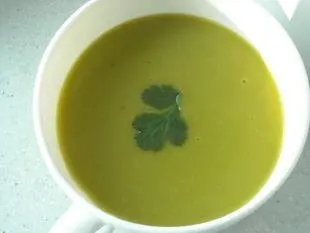
The discoloration of the sorrel is less marked if you proceed this way, and yet the taste is still there.
Note in passing that if the sorrel goes so well with the cream, it is still a question of balance, the suave, mellow taste, sometimes a little too rich, of the cream is attenuated by the acidity of the sorrel, which is highlighted.
For budding gardeners, sorrel is planted and grows quite easily in our climate, but you can also pick wild sorrel in the fields or ditches before mowing, it takes a little eye to recognize it at first, but it is quite easy afterwards.

To sum up: You can hardly keep its beautiful green color unless you eat it raw in a salad for example, but you can accompany it by incorporating it in other things: cream, eggs, béchamel, etc. The loss of color is less marked, but the taste is still there.
Lasts posts
Butter vs. grease
We often read in a recipe where a pastry is put into a mould that, just before pouring, the mould should be buttered or greased. But what's the difference between these 2 terms?December 1st 20251,1355
Getting out of the fridge early
Very often when you're cooking, you need to take food or preparations out of the fridge, to use them in the recipe in progress. There's nothing tricky about this: you just take them out of the fridge and use them, usually immediately, in the recipe. But is this really a good method?November 24th 20251,1845
Who's making the croissants?
When you look at a bakery from the outside, you naturally think that in the bakery, the bakers make the bread, and in the laboratory, the pastry chefs make the cakes. It's very often like that, with each of these professions having quite different ways of working, but sometimes there's also one...November 23th 20251,080
Oven height
When we put a dish or cake in the oven, we naturally tend to put it on the middle shelf, and that's what we usually do. But in some cases, this position and height can be a little tricky, so let's find out why.October 8th 20252,9245
The importance of sieving
In recipes that use a fine powder (flour, powdered sugar, etc.), you'll often see the advice to sift before using it. To sift is to pass the powder in question through a sieve (a very fine strainer) before incorporating it into your recipe. It's often advice, but is it really useful?September 3rd 20257,6503
Other pages you may also like
Steam for baking bread
What does steam have to do with bread-making? This is not only a bakers' secret, it is something you might not think of at all: if you make bread and bake it like a cake, you will end up with bread, but pale and with a thick, hard crust – a long way from the golden-brown crusty loaf you had in...June 16th 2021147 K4.5
What is the difference between bakery and patisserie?
This is a question that you may well have asked yourself and which I will attempt to answer. In France the two trades of "boulangerie" (bakery) and "pâtisserie" (patisserie and confectionery) have always been quite distinct, but where exactly do the boundaries lie? .February 7th 2017134 K 14.1
Egg yolks and caster sugar
We often come across recipes where we need to mix egg yolks with caster sugar. This would appear to be a very ordinary and simple thing to do but, be warned, these two ingredients can behave oddly together.February 15th 201883 K 24.3
The bitterness of endives
As I write these lines, we are entering the endive season, and if you like it, it's time to enjoy it, if possible with your local producers. Endive is good, but the reproach that is often made of it, and children in particular, is: "It's bitter! And it is (somewhat) true of course, endives...February 9th 201914 K4.9
Fruits which can ruin your jelly
There are many ways of making a fruit mousse, but one of the simplest is to prepare a fruit jelly (basically a fresh fruit coulis with gelatine) and then mix this jelly before it sets completely with whipped cream. The result is perfect for filling a charlotte, for example. But do beware;...March 6th 201378 K4.0
Post a comment or question
Follow this page
If you are interested in this page, you can "follow" it, by entering your email address here. You will then receive a notification immediately each time the page is modified or a new comment is added. Please note that you will need to confirm this following.
Note: We'll never share your e-mail address with anyone else.
Alternatively: you can subscribe to the mailing list of cooling-ez.com , you will receive a e-mail for each new recipe published on the site.









